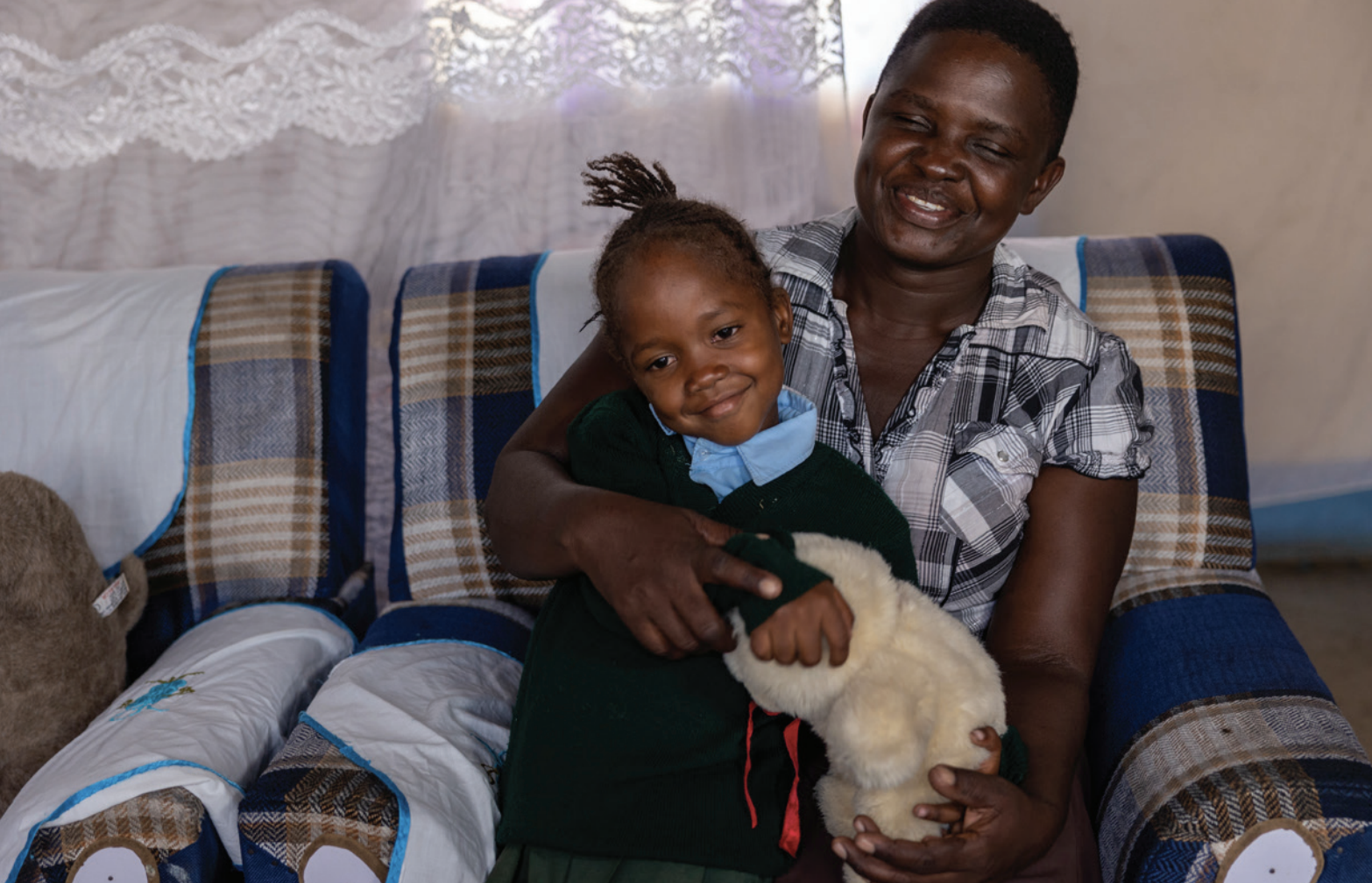Tuberculosis (TB) remains one of the leading contributors to deaths from infectious diseases worldwide and was only recently overtaken by COVID-19. Current estimates of people affected by active TB disease highlight major gaps in case finding and diagnosis. Of the estimated 10.6 million people to have developed TB in 2021, only 6.4 million were diagnosed and reported.The growing number of people affected by TB disease directly impacts the health of the children, mothers, and families that we serve. People living with HIV are not only more likely to develop TB infection, they are also more likely to die as a result. All of the countries where we work (except Côte d’Ivoire) are included on the World Health Organization’s list of high TB burden countries. Even more concerningly, in the majority of those countries (eight of 12), children represent less than 10% of all TB cases notified. This demonstrates that cases of TB among children and adolescents, including children and adolescents living with HIV (CALHIV), are missed in EGPAF-supported countries.
National TB programs and TB research and development initiatives have historically suffered from chronic underfunding, making it difficult for countries with high burdens of TB to introduce the important advances in diagnostics, treatment, and service delivery models that have been made in the last 10-15 years. However, recent global initiatives — like the Global Plan to Stop TB 2023-2030 — present an opportunity to take advantage of growing stakeholder awareness and resource allocation. This strategy bolsters EGPAF’s role as a first responder to TB for children and adolescents, elevating the Foundation’s work to address critical gaps in services with tactical partnerships while innovating for the most cost-effective, sustainable strategies.




